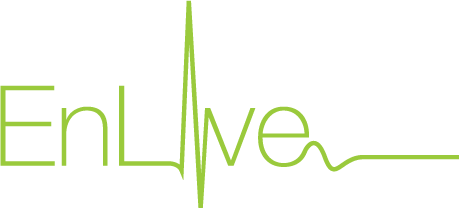The definition of leadership
Leadership is influence. Influence is power. Everyone on earth has influence over someone or something and so everyone has the potential for leadership. So the bhag (big, hairy, audacious, goal) of 100% healthy leadership can be achieved by anyone.
The question then becomes: Do you use your power to liberate and empower others? Do you use your power to dominate and oppress others?
In order to know this you need to be highly self aware. Even if you do know that you are not liberating or empowering others, that is just the beginning. You need tools to accurately assess yourself and the tools you need to change your current reality
Leadership is about unlocking the potential inside of people. Many think it’s about impressing others or domineering over them. Leadership is not about giving orders and it’s not about critique and micromanagement.
We are not here to call people out. We want to call them up to something higher. Instead of being a hammer and pushing people down, leadership is about being an elevator and taking people up. This is what 100% healthy leadership is all about.
Fight for the best you you can be
When it’s all said and done you want to know that you fought to be the best “you” you could be. There was nothing left on the table and you have no regrets. This is what it means to be a leader worth following. This is what it means to pursue healthy leadership.
You are not always going to get things right but you will show up as your authentic self and free from the anxiety that plagues us and causes us to make foolish decisions.
To follow this path of leadership is a perpetual climb. You will always aspire to the next level. In order to do that you have to climb. 100% healthy leadership requires others who can help you get there.
Why? Because 100% health is possible. You are not the one exception that can’t be 100% healthy in terms of your leadership. You can be galvanized against quitting and galvanized against making foolish decisions. This big hairy audacious goal can make you invincible as a leader.
In order to be 100% healthy you can’t be carried but you can be provoked to make changes in the way they lead. You need to make the shift from being reactive and accidental to proactive and intentional. After doing this you can have higher quality meetings and more productive interactions with others. By being proactive and intentional you are in the driver’s seat and not your emotions or the emotions of others within the system.
This will influence your gravitas. Gravitas is what you truly believe and think. It’s not just a mission statement or a slogan on a wall. It’s what’s in your heart because leadership is heart work. Unless your inside is healthy then you won’t be 100% healthy.
This will not be easy but if you have someone working with you then it’s possible to get there. But it’s going to cost you something. No one is going to carry you.
You can’t give what you don’t possess
You cannot give what you don’t possess. If you don’t possess health you can’t give away health. So you have to assess yourself and ask: “What is not healthy in my tendencies and patterns as I lead myself and others?” This is because you can’t lead yourself until you know yourself
In our new post-covid world the boundaries of work-life balance are blurred causing reactivity and accidental leadership. In order to lead well in this new remote frontier you need to have freedom and balance and health. This means forming new habits.
Authenticity is being scrutinized in the digital world. People want to know if you are the real deal. People of integrity are hard to find. A 100% healthy leader is a leader worth following. A leader worth following gives hope to people all around them because they are true to who they are. And if they are true to who they are then they can freely seek the best for others.
Leaders who are 100% healthy make those around them better. In order to do this you have to become better yourself. Then you can give away what’s been given to you.
You won’t want to compete and struggle to maintain some sort of dominance over those following you. It won’t be a matter of keeping everyone below you. You will want to use your power and influence to launch them into being the best they can be as well.
This big hairy audacious goal is something anyone can get behind. Whether you are a CEO, a pastor, a teacher, or a parent, 100% healthy leadership is attainable. It’s the big, hairy audacious goal everyone needs to pursue.
At Enlive leaders we are here to assist you in attaining the goal of 100% healthy leadership. You can do that by taking one of our courses on non anxious leadership or unpacking the enneagram. In the meantime you can download our road map to self aware leadership here.














